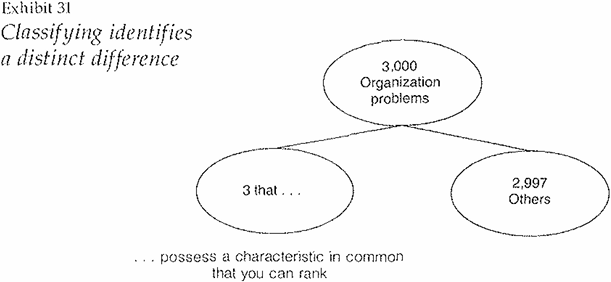

Grammar


Tenses


Present

Present Simple

Present Continuous

Present Perfect

Present Perfect Continuous


Past

Past Continuous

Past Perfect

Past Perfect Continuous

Past Simple


Future

Future Simple

Future Continuous

Future Perfect

Future Perfect Continuous

Passive and Active


Parts Of Speech


Nouns

Countable and uncountable nouns

Verbal nouns

Singular and Plural nouns

Proper nouns

Nouns gender

Nouns definition

Concrete nouns

Abstract nouns

Common nouns

Collective nouns

Definition Of Nouns


Verbs

Stative and dynamic verbs

Finite and nonfinite verbs

To be verbs

Transitive and intransitive verbs

Auxiliary verbs

Modal verbs

Regular and irregular verbs

Action verbs


Adverbs

Relative adverbs

Interrogative adverbs

Adverbs of time

Adverbs of place

Adverbs of reason

Adverbs of quantity

Adverbs of manner

Adverbs of frequency

Adverbs of affirmation


Adjectives

Quantitative adjective

Proper adjective

Possessive adjective

Numeral adjective

Interrogative adjective

Distributive adjective

Descriptive adjective

Demonstrative adjective


Pronouns

Subject pronoun

Relative pronoun

Reflexive pronoun

Reciprocal pronoun

Possessive pronoun

Personal pronoun

Interrogative pronoun

Indefinite pronoun

Emphatic pronoun

Distributive pronoun

Demonstrative pronoun


Pre Position


Preposition by function

Time preposition

Reason preposition

Possession preposition

Place preposition

Phrases preposition

Origin preposition

Measure preposition

Direction preposition

Contrast preposition

Agent preposition


Preposition by construction

Simple preposition

Phrase preposition

Double preposition

Compound preposition


Conjunctions

Subordinating conjunction

Correlative conjunction

Coordinating conjunction

Conjunctive adverbs


Interjections

Express calling interjection


Grammar Rules

Preference

Requests and offers

wishes

Be used to

Some and any

Could have done

Describing people

Giving advices

Possession

Comparative and superlative

Giving Reason

Making Suggestions

Apologizing

Forming questions

Since and for

Directions

Obligation

Adverbials

invitation

Articles

Imaginary condition

Zero conditional

First conditional

Second conditional

Third conditional

Reported speech


Linguistics

Phonetics

Phonology


Semantics


Pragmatics

Linguistics fields

Syntax

Morphology

Semantics

pragmatics

History

Writing

Grammar

Phonetics and Phonology


Reading Comprehension

Elementary

Intermediate

Advanced
LOOK FOR THE SIMILARITY IN CONCLUSIONS
المؤلف:
BARBARA MINTO
المصدر:
THE MINTO PYRAMID PRINCIPLE
الجزء والصفحة:
110-7
2024-09-15
255
We noted earlier that ideas in writing are either action ideas or situation ideas-they either tell the reader to do something or that something is the case. If they are situation ideas, they will be statements that can be described by such plural nouns as reasons, or problems, or conclusions. You will have classified the ideas in this manner because you believed each of them to possess a characteristic in common.
To review what you read about classifying in: Imposing Logical Order, when you say something like "The company has three organization problems," you have in effect taken the entire universe of possible organization problems that the company could have, and made a bifurcate division of them (Exhibit 3l).

Thus, classifying them as organization problems does not reveal anything significant about them. It is only step one in the thinking process, a simple listing of points that may be worth thinking about. Step two is to prove that these points actually do belong together by identifying the common link that justifies separating them from the others. Step three is to spell out the wider significance of the existence of that common link-that is, to create a new idea. Only then can you say that you have completed your thinking.
Most writers of business documents Stop at step one, often because they don't realize that steps two and three Me required, but usually because drawing insights from a list of points is hard work. You have to
- Find the structural similarity that ties the ideas together
- Look for closer links between the similarities
- Make the inductive leap to the summary point.